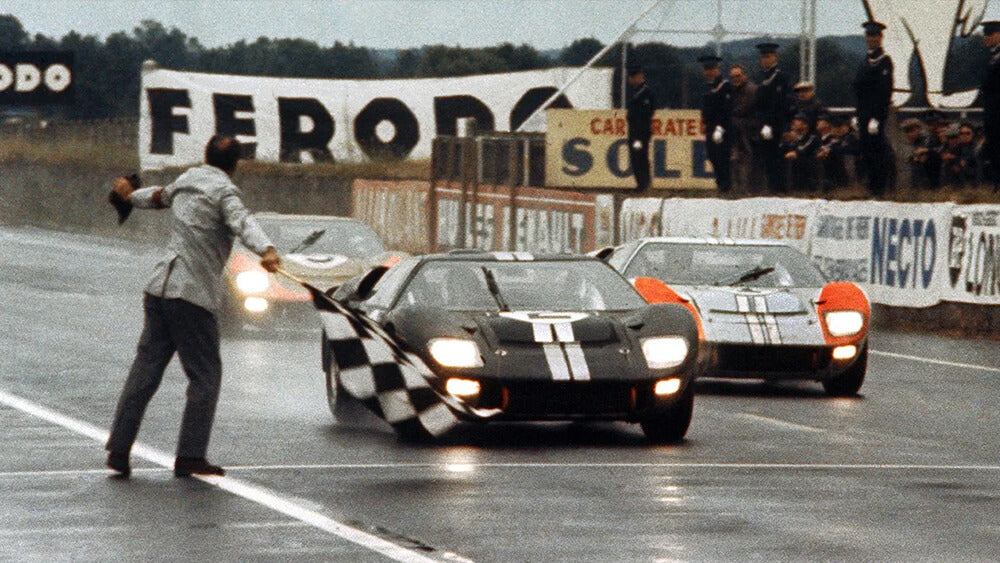There’s something about endurance motor racing that has a truly unique feel about it, raw emotions that come from intensely long hours at the wheel, racing some of the most unusual and savagely beautiful racing cars for hours on end.
Whereas a Formula 1 Grand Prix is now a neatly packed two hour show, built around the exploits of 20 drivers, endurance races test the mettle pushing the human body to keep going for up to 24 hours at a time, when everything can and often does happen, especially once night falls.
On Saturday 11 June at 16h00 CET, the 90th running of this classic will get underway and as always it will be an adventure as well as a race. For the first time since 2019, the race returns to its traditional June slot on the calendar and the fans will be back in force. The new Hypercars are the Premier League machines of endurance racing, but this year there are still only a handful entered, but as from 2023 a host of new motor manufacturers are due to enter this category, which bodes well for the popularity of this branch of the sport. In fact, unlike other forms of motorsport where the drivers are the real centre of interest, endurance racing has always been more about the car than the driver. Let's take a look at some of the best endurance cars to have graced the sport.
 Ken Miles (USA) and Denny Hulme (NZL) in the Ford GT40 Mk II at the 1966 Le Mans 24 Hours. Image courtesy Motorsport Images
Ken Miles (USA) and Denny Hulme (NZL) in the Ford GT40 Mk II at the 1966 Le Mans 24 Hours. Image courtesy Motorsport Images
Ford GT40: The car that the blue oval built with the single purpose of beating Ferrari at Le Mans. The 40 refers to its height in inches, so much more evocative than the Ford GT101.6 (if the American company had gone metric!) In the 1966 race at La Sarthe, Ford were improving their odds by entering no fewer than 8 of the beautiful beasts and they duly made a clean sweep of the three podium places. But the result was controversial. Ford management wanted the three cars to finish line abreast, but because the car running second up until the end, in the hands of Bruce McLaren and Chris Amon, had started from further back on the staggered line up at the start, it was therefore deemed to have covered the greater distance in the space of 24 hours and duly declared the winner.
For the casual race fan, the 1970 edition at La Sarthe is possibly remembered as providing the backdrop to Steve McQueen’s movie, 'Le Mans'. To the purists it goes down in history because of the atrocious weather, but more importantly because it marked the first ever Le Mans win for Porsche. In fact, the Stuttgart marque secured a clean sweep of the podium places and won every class.
The 917K, the most fearsome and feared car ever to go endurance racing, Hans Herrmann and Richard Attwood won, covering five more laps than second placed example, driven by Gerard Larrousse and Willi Kausen, while a humble 908 Porsche rounded off the top three, driven by Rudi Lins and Helmut Marko. Endurance drivers often keep racing longer than their single-seater counterparts, but at 43 years of age, Herrmann announced his immediate retirement from the sport, having achieved this great victory. Hans Herrmann and Richard Attwood in the Porsche 917K Salzburg at Le Mans 24 Hours, 1970. Image courtesy Motorsport Images
Hans Herrmann and Richard Attwood in the Porsche 917K Salzburg at Le Mans 24 Hours, 1970. Image courtesy Motorsport Images
If the Porsche 917 is one of the most memorable cars to have ever gone endurance racing, then the Martini livery is equally famous, seen on a variety of racing and rally machinery over the years, thus proving true to Martini’s advertising slogan, “any time, any place, anywhere.” In 1970, the Italian drinks company Livery featured on the car that came second at Le Mans, but one year later it went one better, the number 22 short-tailed version of the 917 driven by Gijs van Lennep and Helmut Marko won by two laps from a similar machine in the hands of the previous year’s winning driver, Richard Attwood, this time paired with Herbert Muller. Since that first win in 1970, Porsche went on to win Le Mans a record 19 times. When the 917 first took to the track, it was regarded as a vicious beast by almost all those who had to drive it. Aerodynamics were in their infancy back then and it took several months of fine tuning to tame the car, by redesigning the tail section to bring some stability to go with its awesome power.
 Helmut Marko and Gijs Van Lennep, members of the Martini International Racing Team driving the Porsche 917K at the 1971 Le Mans 24 Hours. Image courtesy Motorsport Images.
Helmut Marko and Gijs Van Lennep, members of the Martini International Racing Team driving the Porsche 917K at the 1971 Le Mans 24 Hours. Image courtesy Motorsport Images.
The new Hypercars that are due to really stake their claim next year in the FIA World Endurance Championship, will have been honed to perfection in wind tunnels and on the computer and react according to plan to driver input, but they are easily beaten when it comes to beauty and brute force by those fabulous racing cars of the early 70's.














































